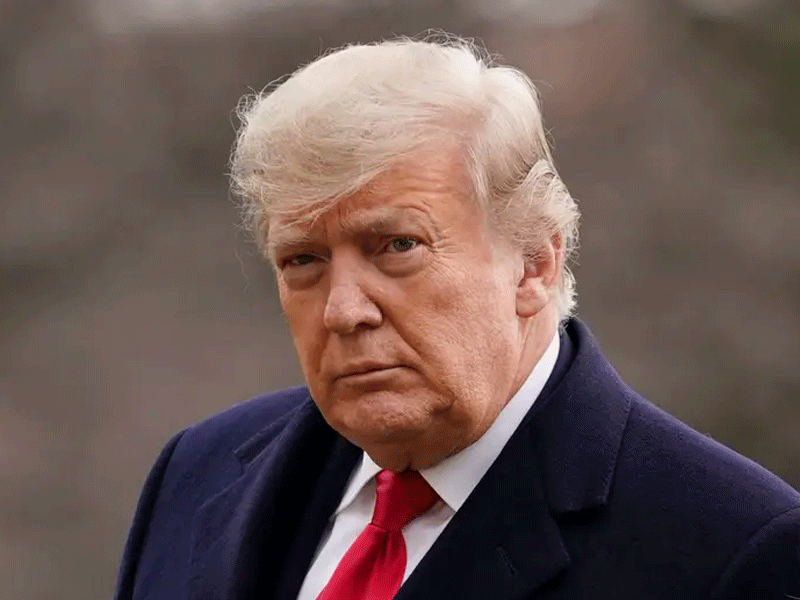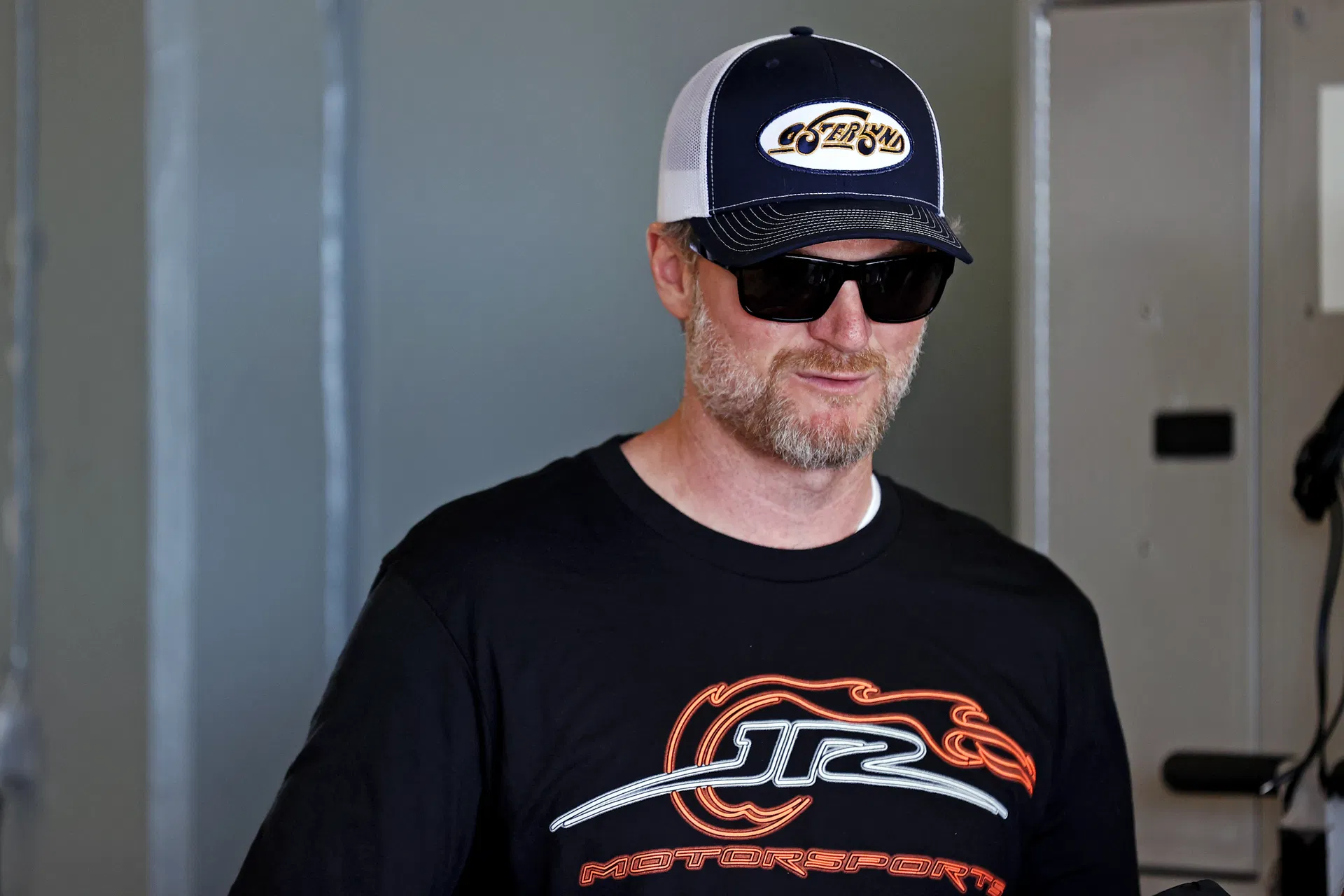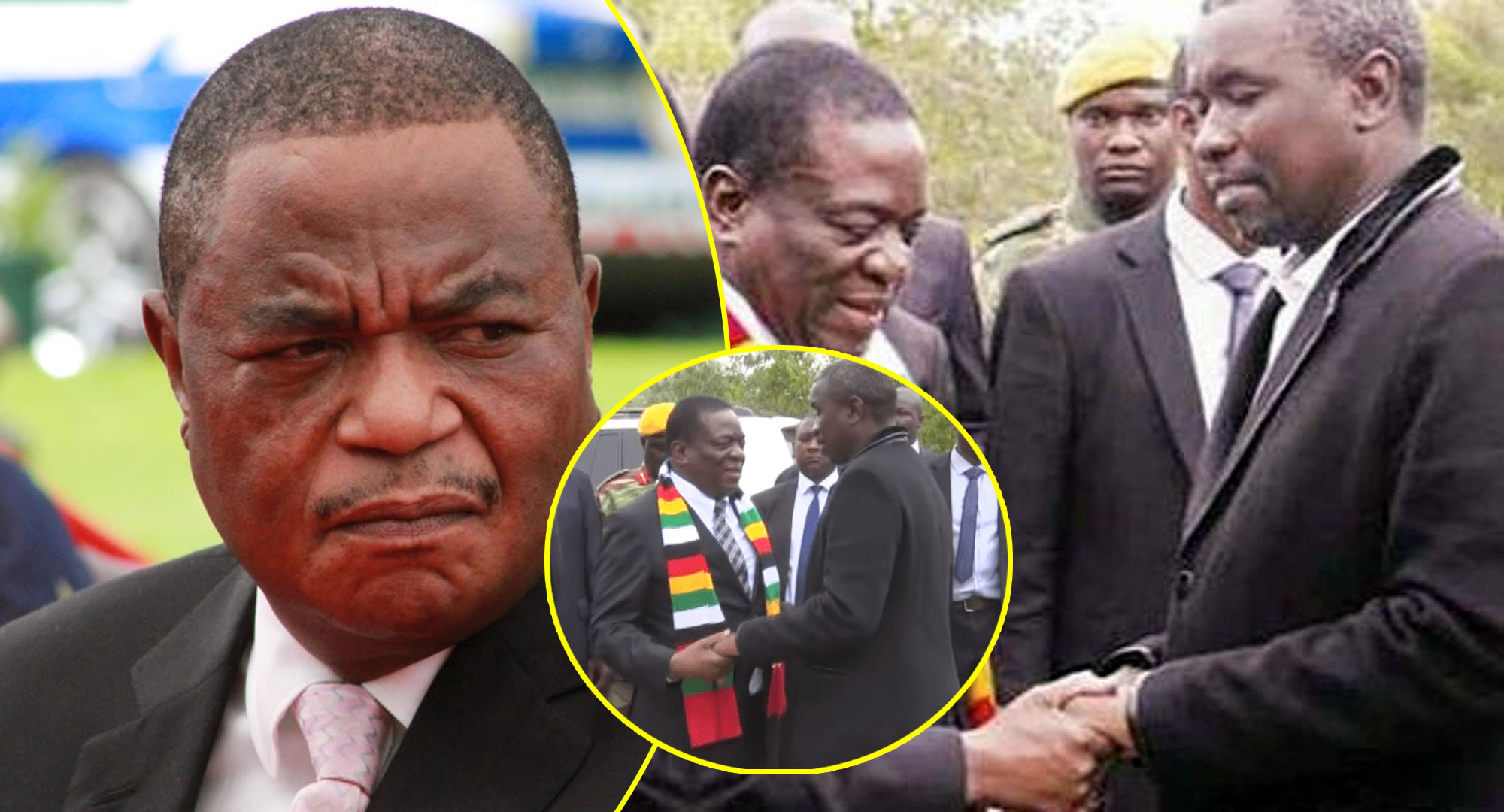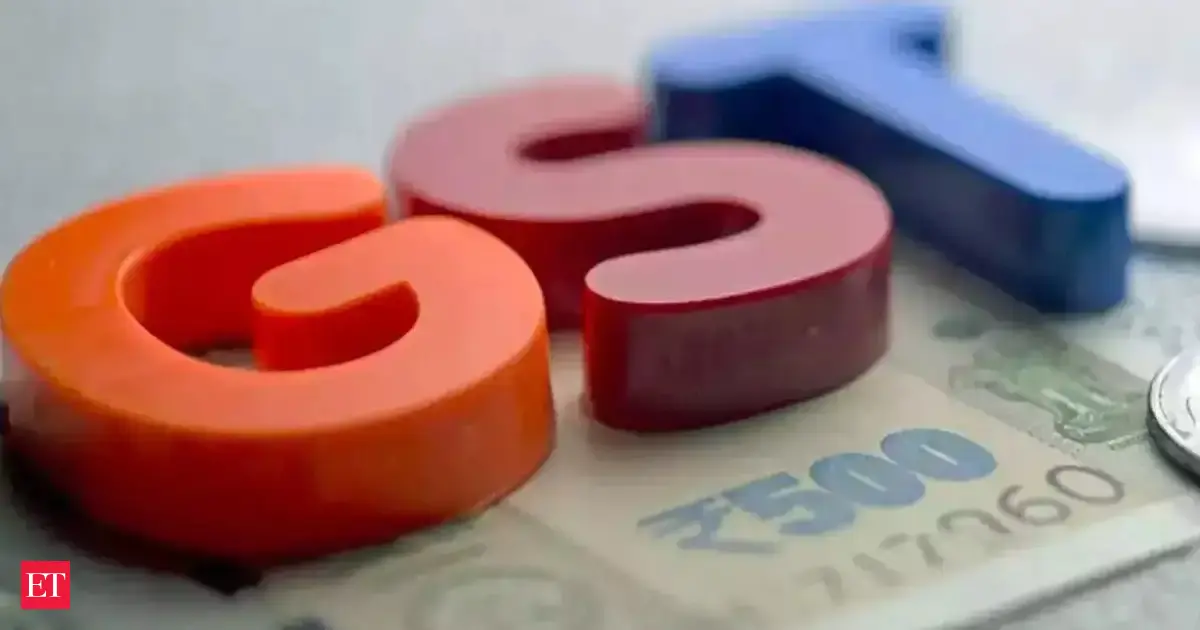By Ibe Wada
Copyright bizwatchnigeria

The Trump administration’s move to impose a $100,000 charge on every new H-1B visa application is set to undermine America’s technological leadership and global competitiveness, while creating opportunities for rival economies such as India and China, according to Nigel Green, Chief Executive of global financial advisory firm deVere Group.
“This policy is designed to protect American workers, but it will likely achieve the opposite,” Green said in a statement shared with MarketForces Africa.
“By pricing out the world’s brightest engineers, data scientists and AI specialists, the US is driving the very talent that built Silicon Valley into the arms of competing economies. India and China are ready to seize the opportunity.”
The H-1B visa programme admits about 85,000 highly skilled foreign professionals annually, with roughly 70 per cent from India and 12 per cent from China. These workers are credited with contributing an estimated $100 billion to the US economy each year and have founded or led many of America’s most successful start-ups.
“For decades, the US imported the world’s best minds while other nations bore the cost of their education. That competitive advantage is now being surrendered,” Green added.
Markets initially reacted negatively to the announcement, with India’s Nifty 50 and Sensex indices dipping as investors factored in higher costs for outsourcing firms reliant on US placements. Analysts, however, expect a quick rebound as global corporations redirect projects offshore.
“When barriers go up in Washington, companies don’t cancel innovation, they relocate it,” Green said, noting that previous visa restrictions spurred growth in India’s delivery centres and research facilities.
India, with annual technology and business-process exports exceeding $280 billion, a steady rupee, a million new engineering graduates each year, and government-backed incentives, is seen as well-positioned to absorb work displaced from the US.
China is also moving swiftly. Beijing recently introduced a streamlined “K Visa” aimed at attracting foreign STEM experts and reversing years of brain drain. Provincial governments are offering research grants, tax breaks and housing incentives to lure talent once destined for Silicon Valley.
Other countries are also stepping in. Canada, the UK, Germany and South Korea are all easing immigration pathways for skilled professionals. Meanwhile, US universities warn that international PhD enrolments—already responsible for more than 60 per cent of American computer-science doctorates—could decline if post-study work prospects shrink.
“Raising the cost of entry does not suddenly create domestic expertise,” Green warned. “It encourages corporations to move high-value projects to places where the talent already exists and where governments welcome it. Capital and research dollars will follow that talent.”
The consequences, he said, could include slower progress in semiconductors, biotechnology and AI; fewer start-ups; reduced tax revenues from relocated firms; and diminished entrepreneurial energy in the US.
“This is a signal for investors to closely watch markets and companies positioned to benefit from talent reallocation,” Green noted. “Indian IT leaders, Chinese AI ventures and multinationals with strong offshore capacity will emerge as clear winners, while US firms reliant on foreign expertise will face higher costs and longer development cycles.”
Concluding, he argued: “Protectionist barriers on skilled immigration have never safeguarded growth—they export it. The $100,000 H-1B levy will not protect American jobs. Instead, it will redirect innovation and investment to India, China, and other countries smart enough to open their doors. The policy is self-defeating, and global markets are already adjusting.”



